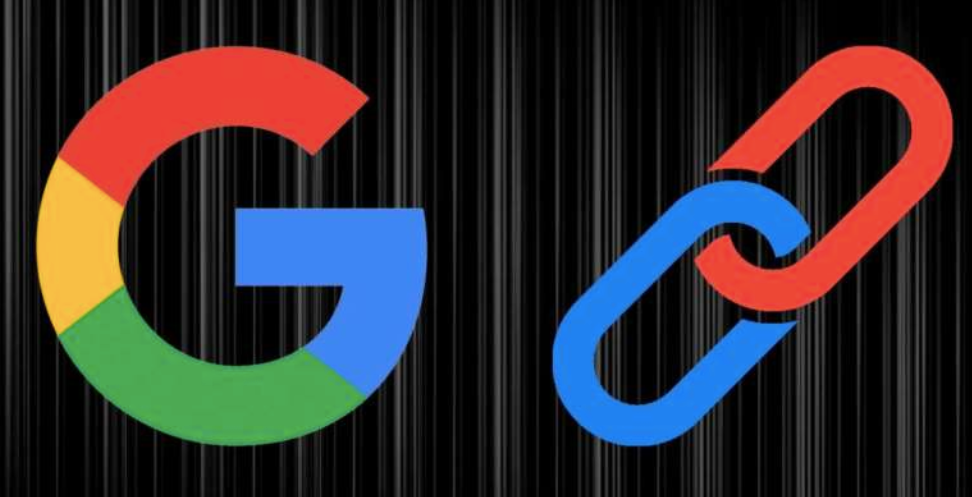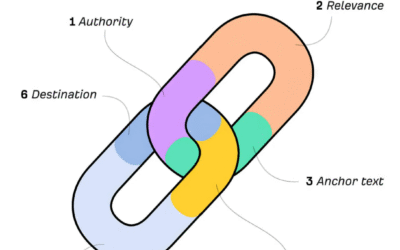In the world of search engine optimization (SEO), few topics spark as much debate as backlinks. For more than two decades, backlinks have served as the backbone of Google’s ranking algorithm a digital vote of confidence that signals a website’s trustworthiness and authority. Yet, as Google’s algorithms have evolved, so too has its relationship with backlinks. What was once the holy grail of SEO has become a nuanced, even controversial, factor in search visibility.
In 2025, the dynamic between Google and backlinks is more complex than ever. While backlinks remain an important ranking signal, Google has worked relentlessly to reduce their manipulative power and focus on content quality, user intent, and overall site experience. This ongoing tug-of-war between algorithmic sophistication and link-building tactics defines the modern SEO landscape.
The Origins of Backlinks in Google’s Algorithm
To understand Google’s stance on backlinks, we have to go back to its roots. When Larry Page and Sergey Brin launched Google in 1998, their innovation was the PageRank algorithm, which treated links between websites as citations similar to academic references. A link from one page to another was seen as an endorsement, and pages with more high-quality links ranked higher in search results.
For years, backlinks were the gold standard of SEO success. Websites competed to acquire as many as possible, often through guest posts, directory listings, and reciprocal linking. But as the web grew, so did link manipulation. Link farms, paid links, and private blog networks (PBNs) became rampant, forcing Google to adapt.
Google’s Crackdown: From Penguin to AI
The turning point came in 2012, when Google released the Penguin update a major algorithmic change designed to detect and penalize unnatural link-building practices. Penguin marked Google’s first major attempt to distinguish between quality backlinks and spammy links. Websites that relied on link schemes or purchased backlinks saw their rankings plummet overnight.
Over time, Penguin evolved from a periodic update into part of Google’s core algorithm, running in real time. This integration meant that Google could assess link quality continuously, not just during major updates.
As of the 2020s, Google’s algorithms now powered by artificial intelligence and machine learning have become even more adept at analyzing link patterns, topical relevance, and content authority. Instead of counting every link equally, Google now emphasizes the context in which a link appears. Links from authoritative, contextually relevant pages carry far more weight than random or unrelated ones.
Google’s Official Position on Backlinks
Despite its sophistication, Google still acknowledges backlinks as a key ranking signal. In fact, Google’s Search Central documentation continues to list links as one of the factors that help determine page ranking. However, the search giant has repeatedly cautioned against link manipulation.
Google’s official guidelines state:
“Any links intended to manipulate a site’s ranking in Google Search results may be considered part of a link scheme and a violation of Google’s Webmaster Guidelines.”
In other words, Google wants backlinks to be earned, not built. A link should naturally arise from the value of your content not from an exchange, automation, or payment.
That said, the line between “earned” and “built” can be blurry. For instance, is outreach-based guest posting manipulative? What about digital PR campaigns or influencer collaborations? Google’s guidance remains intentionally broad, leaving SEO professionals to interpret and adapt their strategies.
The Changing Role of Backlinks in 2025
As of 2025, backlinks still play a role in search rankings but their relative importance has diminished. Google’s systems increasingly prioritize:
Content Quality and Relevance:
With advancements in natural language processing (NLP) and large language models, Google can evaluate how well content satisfies user intent without relying solely on link signals.E-E-A-T (Experience, Expertise, Authoritativeness, Trustworthiness):
Google assesses the reputation of the content creator and the website, not just who links to them. Verified authorship, credentials, and accurate information all contribute to E-E-A-T.User Experience (UX) Metrics:
Page load speed, mobile usability, and engagement signals now influence rankings as much as backlinks once did.Brand Authority:
Mentions of a brand even without hyperlinks can influence search visibility. This concept, sometimes called “implied links,” shows how Google now considers contextual reputation in addition to link-based authority.
In short, backlinks are no longer the king of SEO. They’re part of a larger ecosystem that values holistic digital trust over link quantity.
The Quality Over Quantity Principle
For those still engaging in link building, the mantra is clear: quality over quantity.
A handful of authoritative, relevant backlinks from respected industry websites can outperform thousands of low-quality ones. Here are key factors that define a high-quality backlink in 2025:
Relevance: The linking page’s topic should align closely with yours. A link from a niche-relevant source carries more weight than a general one.
Authority: Links from domains with strong reputations (like major publications, educational institutions, or industry leaders) are highly valued.
Placement: Links embedded naturally within the content rather than in footers or sidebars send stronger trust signals.
Anchor Text: Google uses the anchor text (the clickable words) to understand context. However, over-optimized or repetitive anchors can appear spammy.
Traffic Potential: A link that drives real human visitors is far more beneficial than one that exists purely for SEO.
Modern Link-Building Strategies That Align with Google’s Rules
To thrive in this new SEO landscape, marketers and businesses must pivot from traditional link building to link earning. Here are modern, Google-approved strategies:
Create Exceptional Content:
High-quality, data-driven, or original content naturally attracts links. Studies, infographics, and interactive tools tend to perform especially well.Digital PR and Thought Leadership:
Collaborating with journalists, influencers, or industry experts can earn high-authority backlinks through news coverage and interviews.Guest Posting (the Right Way):
Writing for reputable publications with genuine audience value is still acceptable as long as the intent is thought leadership, not manipulation.Broken Link Building:
Finding and replacing outdated or broken links on other websites with your own relevant resources remains an ethical and effective tactic.Community Engagement:
Participating in niche communities, forums, podcasts, and webinars builds organic mentions and link opportunities.
The Future: Will Google Eliminate Backlinks?
Some in the SEO community speculate that Google may eventually phase out backlinks entirely as a ranking factor. In 2023, Google’s Search Liaison, John Mueller, hinted that backlinks were becoming “less important” over time. However, it’s unlikely they’ll disappear altogether.
Backlinks remain a useful proxy for understanding web relationships, authority, and credibility concepts that even AI-driven algorithms struggle to measure precisely. What’s more likely is that backlinks will continue to fade in importance, replaced by user engagement signals, verified identities, and contextual understanding.
Conclusion: Cooperation, Not Conflict
The phrase “Google vs. backlinks” suggests a battle but in reality, it’s more of an evolutionary partnership. Google doesn’t hate backlinks; it hates manipulation. The company’s ultimate goal is to ensure that links genuinely reflect value, trust, and relevance not artificial tactics.
For SEO professionals, the takeaway is clear:
Stop chasing algorithms and start building authentic authority. Focus on creating content that deserves links, fostering relationships within your industry, and prioritizing the user experience above all else.
In the end, Google and backlinks aren’t enemies. They’re two sides of the same coin both striving, in their own way, to make the web a more credible, useful, and trustworthy place.







0 Comments